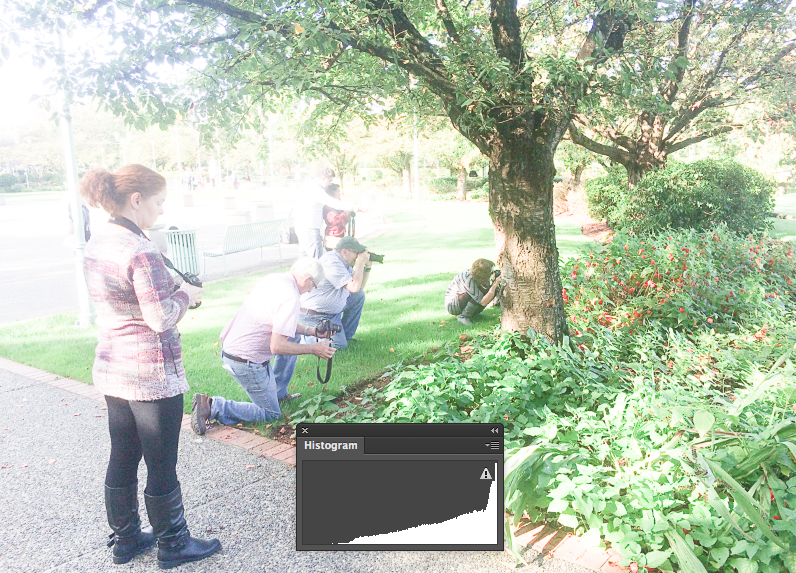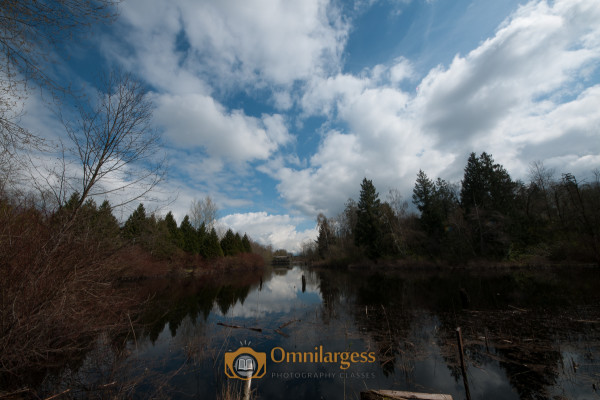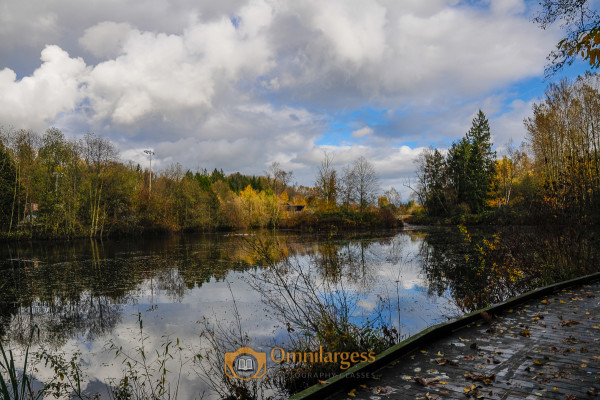Flash Photography Tips
Part 1: Flash Photography
Exposure is the main key in photography in general and with Flash Photography, exposure plays an important role for successful images. If your exposure is not correct you may get a darker or brighter picture.




Correct exposure under constant (ambient) light is controlled by the dynamic threesome of:
-Aperture
-Shutter speed
-and ISO
The combination of these variable settings is what makes correct exposures.


How about exposures with Flash Photography?
Flash Photography is different from constant light photography for many reasons. One of the most important differences is the duration of flash. Usually the duration of flash is 1/1000s to 1/4000s; flash photography can be fun when you fully grasp the principles and learn some fundamental techniques.
How does such a short duration of a flash change the basic rules of exposure?
For correct flash exposure, four things need to be controlled and balanced:
– Aperture
– ISO
– Distance (from the flash to subject)
– Power (the flash’s actual blitz of light, taking into consideration any diffusion)
Two things relate to camera settings, and two things relate to the flash itself. To really understand flash photography, it is essential to memorize those four things. You may have noticed shutter speed is not among these controls, and the reason is the duration of the flash. In the simplest of terms: regardless of what shutter speed you use, the duration of light that emits from the flash is around 1/1000s.
Does this mean I can shoot at any shutter speed in Flash photography?
One of the times shutter speed does come into play has to do with the SYNCH SPEED; if it helps to understand this, think of it as a maximum speed limit enforced by your camera and the only time it comes into play is when you use flashes or strobes. You can find the synch speed in your camera’s owner manual. The synch speed is usually under or around 1/200s.
Can you be more specific about Synch Speed?
In normal flash modes, you need to ensure that the shutter speed is set at or below the ‘synch speed’ for your camera. DSLRs have sync speeds of either 1/200 sec or 1/250 sec, depending on the model; if use a faster shutter speeds part of the image will be obscured by the falling shutter curtain.
Can I use slower shutter speed for flash photography?
Slower than Synch speed is the most creative choice with flash photography. We will cover both techniques, including slow synch flash photography, later.
What if I want a super fast shutter speed in flash photography?
This is possible only if you use a TTL flash gun. This technique is called High Speed Synch (HSS) and we will cover this technique as well. So stay tuned for upcoming articles!
What role does distance have in flash photography?
It’s called Light Fall off. Light falls off because of something called the Inverse Square Law. The light spreads quickly and literally falls off (weakens); because of this spread, the distance from subject (and background) from the flash influences correct exposure.
What does this mean for flash photography?
An object (like your background) that is twice the distance from a flash head will receive a quarter (1/4) of the illumination – or two stops less light. An object that is three times the distance receives one ninth (1/9) the illumination – or three stops less light. An object that is four times the distance receives one sixteenth (1/16) the illumination – or four stops less light, etc.
For more in-depth learning check our Workshop List for complete list of workshops and field trips. We are going to have a TTL Flash Photography workshop on March 17 and 18. This two part workshop covers the most popular settings in TTL Flash techniques and will help you master the creative possibilities of flash photography.

